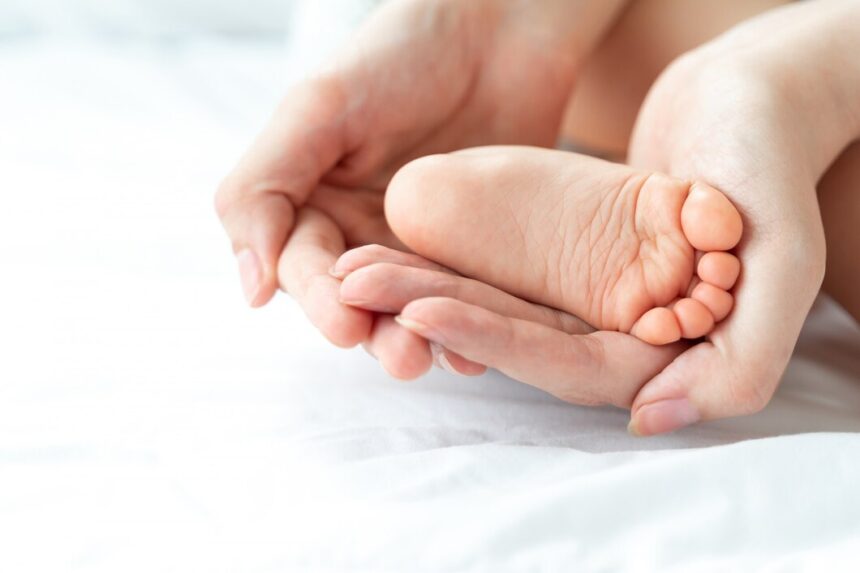Sever’s disease, also known as calcaneal apophysitis, is a common condition affecting the heels of growing children and adolescents. It typically arises during periods of rapid growth and can cause significant discomfort, particularly in active youngsters. Here’s a detailed overview of the symptoms, causes, and treatments for Sever’s disease.
Symptoms of Sever’s Disease
Sever’s disease primarily manifests as heel pain in children, and its symptoms can vary in intensity. Key signs include:
- Heel Pain: Pain is usually localized at the back of the heel and may be described as aching or sharp. It can worsen with activity and improve with rest.
- Tenderness: The area around the heel, especially where the Achilles tendon attaches to the heel bone, may be tender to the touch.
- Swelling: Mild swelling around the heel may occur, though it is not always present.
- Pain with Activity: The pain often exacerbates with physical activities, such as running, jumping, or sports.
- Walking Changes: Children might exhibit a change in walking pattern or limp to avoid putting pressure on the affected heel.
Causes of Sever’s Disease
Sever’s disease is associated with several factors:
- Growth Spurts: It commonly affects children between the ages of 8 and 14, during periods of rapid growth. The condition is linked to the development of the growth plate in the heel (calcaneal apophysis).
- Overuse: Repeated stress or overuse of the heel from sports or physical activities can irritate the growth plate. Activities such as running, jumping, and soccer are particularly associated with the condition.
- Foot Structure: Abnormalities in foot mechanics, such as high arches or flat feet, may contribute to the development of Sever’s disease. An imbalance in the forces exerted on the heel can lead to inflammation and pain.
Diagnosis of Sever’s Disease
A healthcare provider will typically diagnose Sever’s disease based on:
- Medical History: Discussion of symptoms, activity levels, and any recent changes in physical activity.
- Physical Examination: Evaluation of the heel for tenderness, swelling, and range of motion.
- Imaging: X-rays or other imaging techniques may be used to rule out other conditions or to confirm the diagnosis if necessary.
Treatment of Sever’s Disease
Treatment for Sever’s disease focuses on relieving pain and managing inflammation, along with addressing contributing factors. Options include:
- Rest and Activity Modification: Reducing or modifying activities that exacerbate pain is crucial. Resting and avoiding high-impact sports can help alleviate symptoms.
- Ice Therapy: Applying ice to the affected heel can reduce inflammation and pain. It is usually recommended to ice the heel for 15-20 minutes several times a day.
- Pain Relief: Over-the-counter pain relievers, such as ibuprofen or acetaminophen, may be used to manage pain and inflammation.
- Stretching and Strengthening Exercises: Gentle stretching of the Achilles tendon and calf muscles can relieve tension and support healing. Strengthening exercises for the foot and leg may also be beneficial.
- Orthotic Devices: Custom or over-the-counter shoe inserts (orthotics) can help correct foot mechanics and provide cushioning to reduce stress on the heel.
- Footwear: Wearing supportive shoes that provide adequate cushioning and proper arch support can alleviate pressure on the heel.
Prognosis and Prevention
Sever’s disease is usually self-limiting, with symptoms often resolving as the growth plate matures and closes. Most children recover fully with appropriate treatment and lifestyle adjustments.
To prevent Sever’s disease or reduce its recurrence:
- Encourage Proper Footwear: Ensure that children wear well-fitting, supportive shoes for their activities.
- Promote Balanced Activity: Encourage a mix of low-impact activities and avoid excessive or repetitive high-impact sports.
- Monitor Growth and Development: Pay attention to any changes in your child’s physical activity and address any signs of pain or discomfort promptly.
If symptoms persist or worsen, consulting a healthcare professional is essential for a tailored treatment plan and to rule out other potential conditions. With proper management, children with Sever’s disease can continue to participate in their favorite activities with minimal discomfort.










